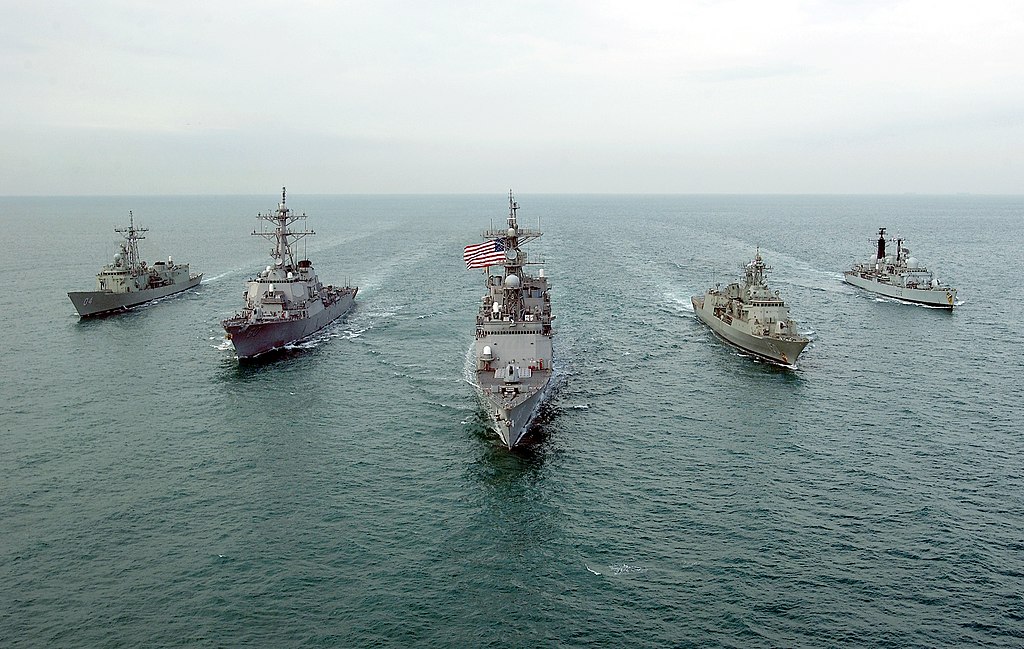The US 5th Fleet executed an amphibious assault on Iwo Jima on February 19, 1945, during what became one of World War II’s Pacific theater’s most brutal battles. Under General Tadamichi Kuribayashi, Japanese forces heavily fortified the volcanic island, a critical strategic target for the United States. The significance of this battle cannot be overstated, as it marked a turning point in the war.
The Battle Begins
Before launching their land campaign, the United States simultaneously conducted heavy bombing missions from the air and naval strikes to weaken Japanese defenses. However, the Japanese, led by General Tadamichi Kuribayashi, created extensive underground facilities, including tunnels and bunkers, which allowed them to withstand the attacks and launch fierce counterattacks. These defensive tactics and the rugged terrain made the battle particularly challenging for the American forces.
When the U.S. Marines of the 3rd, 4th, and 5th Divisions landed on Iwo Jima’s volcanic beaches, they encountered relentless resistance. The soft, black volcanic ash made movement difficult, while hidden bunkers and machine-gun nests turned the landscape into a deadly battlefield. Despite these challenges, the Marines pushed forward with their unwavering bravery.
A Grueling Fight for Control
Over the following weeks, American forces engaged in brutal combat, with battles fought inch by inch for key positions. One of the most iconic moments of the invasion occurred on February 23, 1945, when U.S. Marines raised the American flag atop Mount Suribachi. The moment, captured in an iconic photograph by Joe Rosenthal, symbolized hope and determination in the face of adversity.
The flag rising did not signal the end of fighting during the battle. The battle continued for several weeks through endless Japanese defensive assaults that targeted American forces. Victory on Iwo Jima’s battlefields produced an unspeakable toll, which included 7,000 American deaths along with 20,000 wounded service members. Japanese casualties were even higher, with only a few hundred soldiers surrendering out of an estimated 21,000 defenders.

